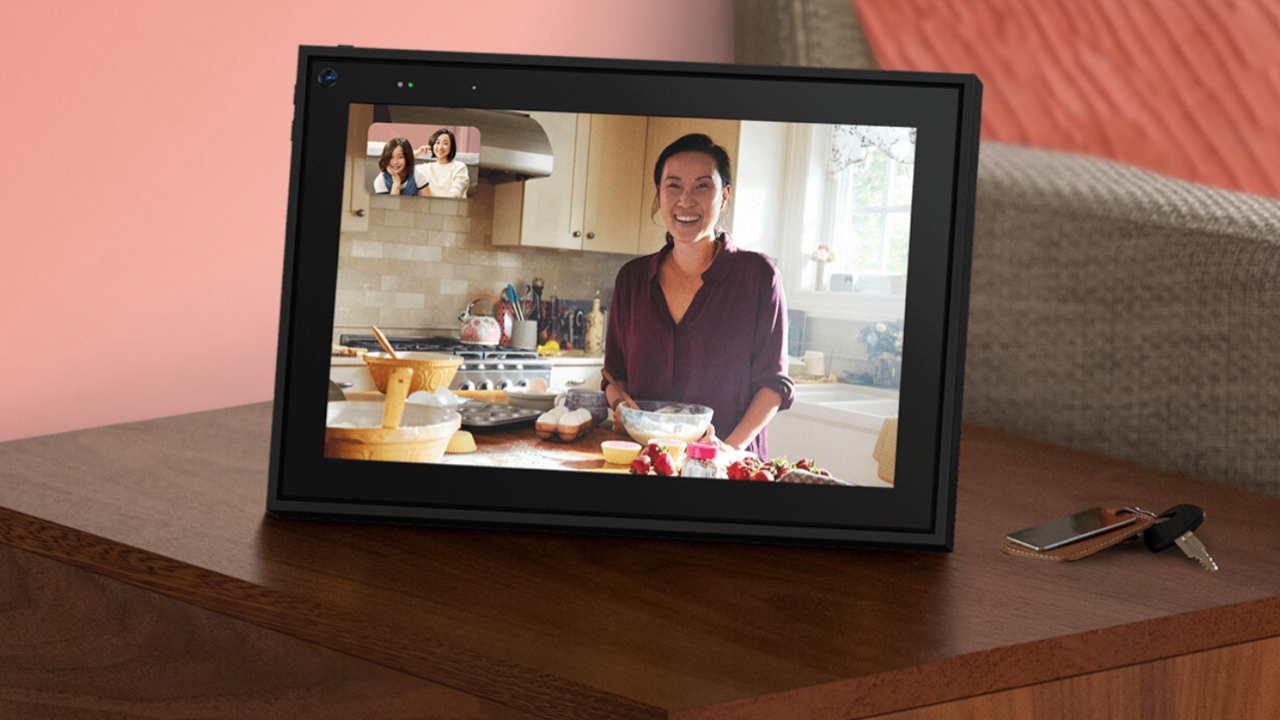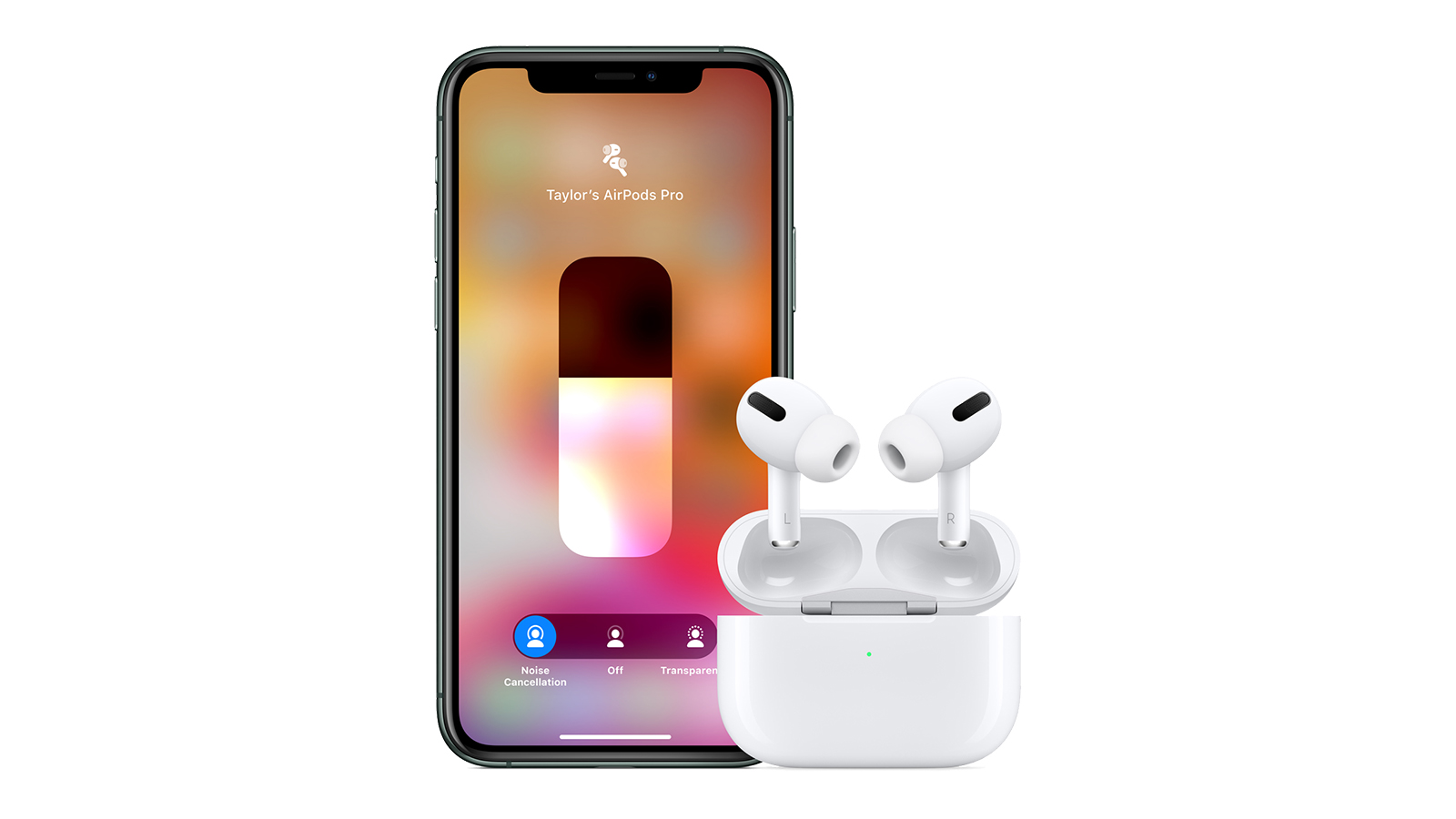While it may be obvious to some, knowing how to make an online video or voice call is fast-becoming an essential in our everyday life. Whether you're looking to dial into virtual meetings for work, call your family, or just save network minutes on your phone, internet or wifi calling can be very useful. Most of the best smartphones have the option to perform WiFi calling automatically, so you don't use up your monthly minutes, but there are other apps and programs that allow you to make calls from tablets, home computers, and laptops.
You can even get devices, like Facebook Portal, that allow you to make calls via your TV. This is perfect for families who want to stay in touch, but don't want to mess around with computers and webcams. Once a device like Portal is set-up, you don't have to move it or mess with the settings - it just works. Below we'll list some of the most common methods of video and voice calling online, and explain how each one works so you know how to use them.

One of the most popular communication apps right now, WhatsApp is perfect for making video and voice calls. Depending on your device - it varies slightly between Android and iOS - you should have a 'Calls' tab at the top of your screen, when you've got WhatsApp open. From here you can make voice or video calls to anyone in your contacts list. Choose the phone handset icon for a voice call, or the video icon for a video call. You can also call direct from your chats with someone. There should be a phone and video symbol at the top of your chat window, next to the profile picture of whoever you've been messaging.
Overall, we find WhatsApp calling ok, but there are a few issues that other apps improve upon. Video calls are clear enough, and you can invite up to three people to a video chat on WhatsApp, but they aren't as clear as something like Skype or Google Meet. Voice calls aren't as clear as regular phone calls, but are still fine providing you have a decent 4G or 5G connection. We find there's a small period of silence at the start of a WhatsApp call, which can lead you to think the person you're calling can't hear you. Overall, though, WhatsApp is brilliant, free, and very easy to use.
Skype
Skype used to be King of the Castle when it comes to video calling, but has since been eclipsed by the likes of WhatsApp, FaceTime, and Google Meet. It's a shame, because the quality of calls on Skype is very good, even if the rest of the app's features aren't all that accomplished. It's simple enough to use, with a Messages, Calls, and Contacts tab across all devices.
We do find that you get a lot of spam connections on Skype, which is an issue, and the messaging system isn't as feature-packed or easy as WhatsApp. However, the video calling is good, and it automatically links to your Microsoft account, if you have one. We'd recommend Skype for when you need quality video calling - so, 1-1 meetings, interviews, things like that. Most people will have access to Skype, it's free and on phones, tablets, and laptops, and it's a decent piece of software.
Google Meet
Recognizing that more and more people were joining meetings from their phones, Google has now baked Meet into the Gmail app. It's just at the bottom of the app, as a tab with a video camera on it. That's very handy - you can access all your work and personal email from a single app, and join any meetings you need to, even if you're nowhere near a physical computer. We like how Google Meets adjusts its resolution and settings based on your connection and surroundings. Poorer connections scale the quality of your video well, and people in noisy areas will be prompted to mute or unmute at reasonable times. You can switch off your video completely and just use it as a phone calling service, if you like.
Google Meet's voice and video system is fairly reliable and while it's more bandwidth-hungry than something like WhatsApp, you are rewarded with clearer video and audio in most cases. You can also have far more participants on the call too, depending on what level of Google account you own. It's perfect for small to medium-sized businesses, and it'll link with Google calendar and other G-suite apps. The downside is that the interface isn't as tailored towards personal voice and video calling, and is probably too limited for extensive personal use.
Facebook Portal and Messenger

Calling people via the Facebook Messenger app isn't the best experience. Of all the major voice and video calling apps we tested, this was the worst in terms of video and audio quality. In fairness, the calling element feels like an add-on to the messaging portion of the app, which was itself a spin-off from the main Facebook app.
What we do like is the Facebook Portal range, which is essentially a webcam that clips onto the top of your TV, or a tablet (depending on what device you choose). While it uses the same kind of technology for calling (all via a Wifi connection) and it employs the same contacts list, it has been specifically designed for voice and video connections, and works really well. Quality is clear, options are easy to use, and the device itself is simple to set-up. You don't even need a great internet connection to use Portal - it makes the most of what you have. Whether or not you want a Facebook-branded camera in your home, with the ability to record video and audio at all times, is another thing...
Apple FaceTime
Of course, if you have an iPhone or iOS device like an iPad, you can make FaceTime calls. It's simply the ability to video call from an Apple device, branded to sound cool, but it works well. Of all the video calling apps on various devices, we think the video and audio quality on FaceTime is tough to beat. It's easy to use, too, although the need for a separate app (from your contacts list) is a bit of a pain. We also don't like how it can cause real issues when you switch to an Android or Windows device when you upgrade your phone or computer, but for those happily embedded in Apple's ecosystem, it's perfect.
WiFi calls on your phone
WiFi calling essentially uses a system called VoIP. VoIP (Voice over Internet Protocol) is essentially the ability to perform communications via an internet connection, rather than a cell phone network. Most modern smartphones are capable of VoIP, so your calls are made using a WiFi connection instead of via the carrier itself, and in many cases you'll need to select WiFi calling as priority or simply enable it. Obviously, it won't work if you're out of range of a WiFi point, and in some phones, it'll cut your call if you leave the range of your router... so it isn't perfect.
Given that most cell plans include unlimited phone calls, this feature has limited use if you're in an area with good or moderate cell reception. If you're in a rural area, and rely on the internet for communications, it's very handy.

Other options
There are plenty of other ways to make video and phone calls, and plenty of messenger apps are building in their own call features. Aside from apps, there are other hardware options too.
Zoom is currently the darling of home working, as it has a large capacity for video calls, so you can get more people in each meeting. It's a little fiddly to use, but is used extensively by businesses right now.
If you want to build video calling into your other smart home devices, tech like the Amazon Echo Show will allow you to make calls in addition to playing music, TV shows, and being a voice assistant. Google and other tech companies have equivalent devices too, but the Echo Show is probably the most popular.

